Advancements in Medical Technology
Advancements in medical technology play a crucial role in shaping the facial fat-transfer market in South America. Innovations in surgical techniques and equipment have made procedures safer and more effective, thereby attracting a larger clientele. Enhanced methods of fat harvesting and injection have improved patient outcomes, which is likely to bolster consumer confidence in these procedures. The facial fat-transfer market is projected to benefit from these technological advancements, with a potential growth rate of 12% annually. As clinics adopt cutting-edge technologies, they can offer more efficient services, further driving the demand for facial fat-transfer treatments across the region.
Influence of Celebrity Endorsements
The influence of celebrity endorsements is a powerful driver for the facial fat-transfer market in South America. As public figures openly discuss their experiences with cosmetic procedures, including facial fat transfer, consumer interest tends to rise. This phenomenon creates a perception of desirability and normalizes the use of aesthetic enhancements. The facial fat-transfer market is expected to capitalize on this trend, with a projected increase in demand of around 8% as more individuals seek similar enhancements. Celebrity endorsements not only raise awareness but also contribute to changing societal attitudes towards cosmetic procedures, further solidifying the market's growth.
Cultural Shifts Towards Personal Appearance
Cultural shifts in South America are increasingly emphasizing the importance of personal appearance, which significantly impacts the facial fat-transfer market. As societal norms evolve, there is a growing acceptance of cosmetic procedures as a means of self-improvement. This cultural transformation is reflected in the rising number of individuals seeking facial fat-transfer treatments to enhance their features. The facial fat-transfer market is expected to see a substantial increase in demand, with estimates suggesting a market value of around $200 million by the end of 2025. This shift indicates a broader trend where personal aesthetics are prioritized, leading to a more robust market for facial fat-transfer services.
Increasing Awareness of Aesthetic Procedures
The growing awareness of aesthetic procedures among the South American population is a notable driver for the facial fat-transfer market. As individuals become more informed about the benefits and safety of such procedures, the demand for facial fat-transfer services is likely to rise. This trend is supported by a surge in educational campaigns and media coverage that highlight the advantages of natural-looking enhancements. In 2025, the facial fat-transfer market in South America is projected to experience a growth rate of approximately 15%, driven by this increased awareness. Furthermore, as more clinics and practitioners offer these services, accessibility improves, further fueling consumer interest and participation in aesthetic procedures.
Economic Growth and Increased Disposable Income
Economic growth in South America has led to an increase in disposable income, which is a significant driver for the facial fat-transfer market. As individuals experience improved financial conditions, they are more inclined to invest in aesthetic procedures. This trend is particularly evident in urban areas where the middle and upper classes are expanding. The facial fat-transfer market is likely to see a surge in demand, with projections indicating a market expansion of approximately 10% in the coming years. Increased disposable income allows consumers to prioritize personal aesthetics, thereby enhancing the overall market landscape for facial fat-transfer services.


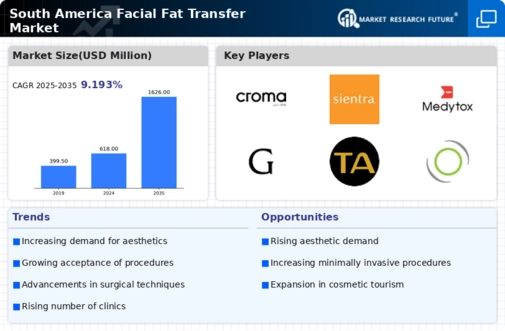

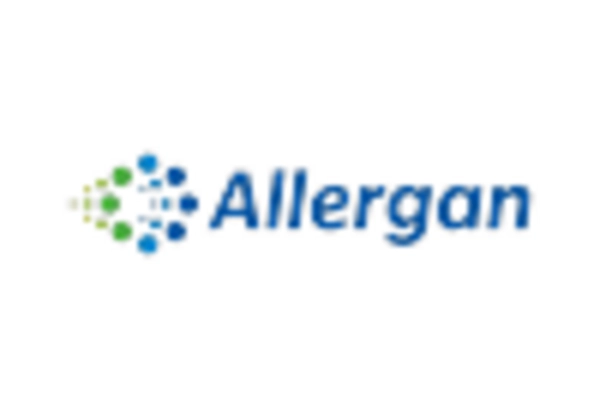
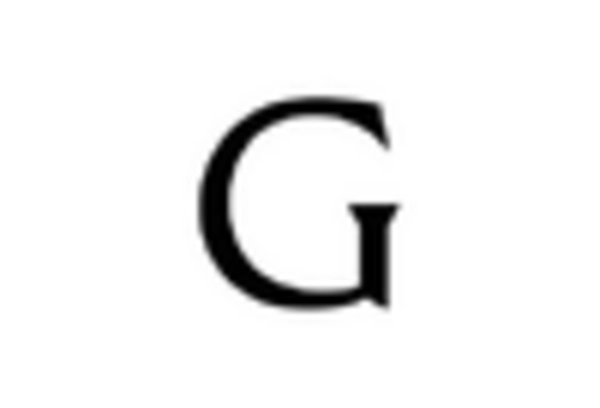
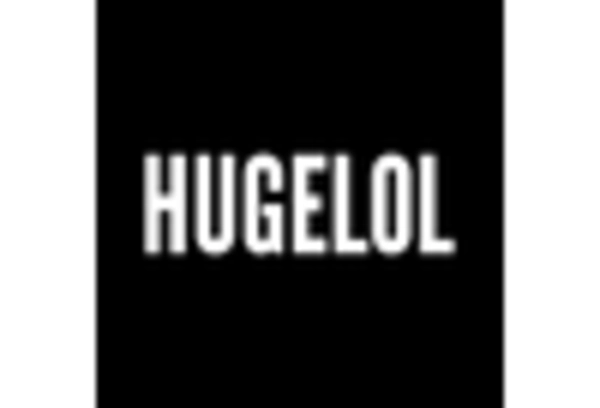
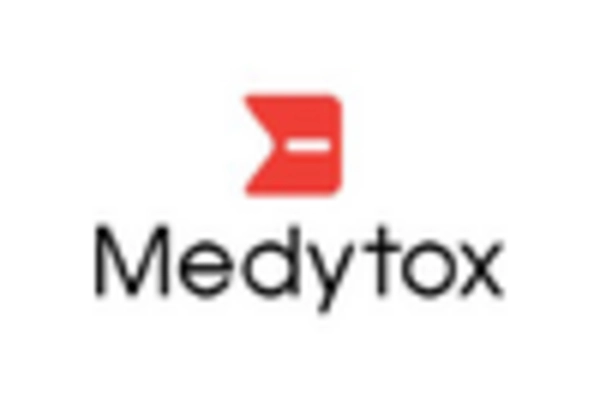
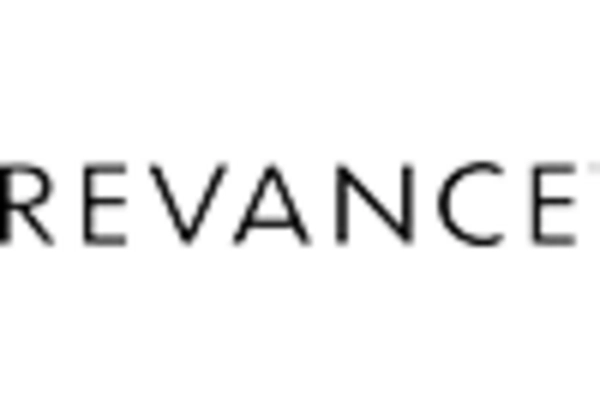
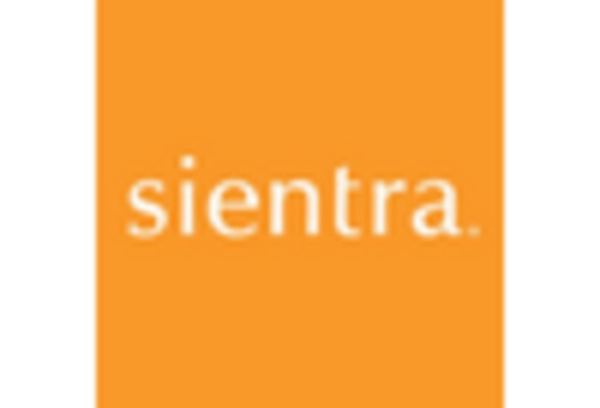








Leave a Comment